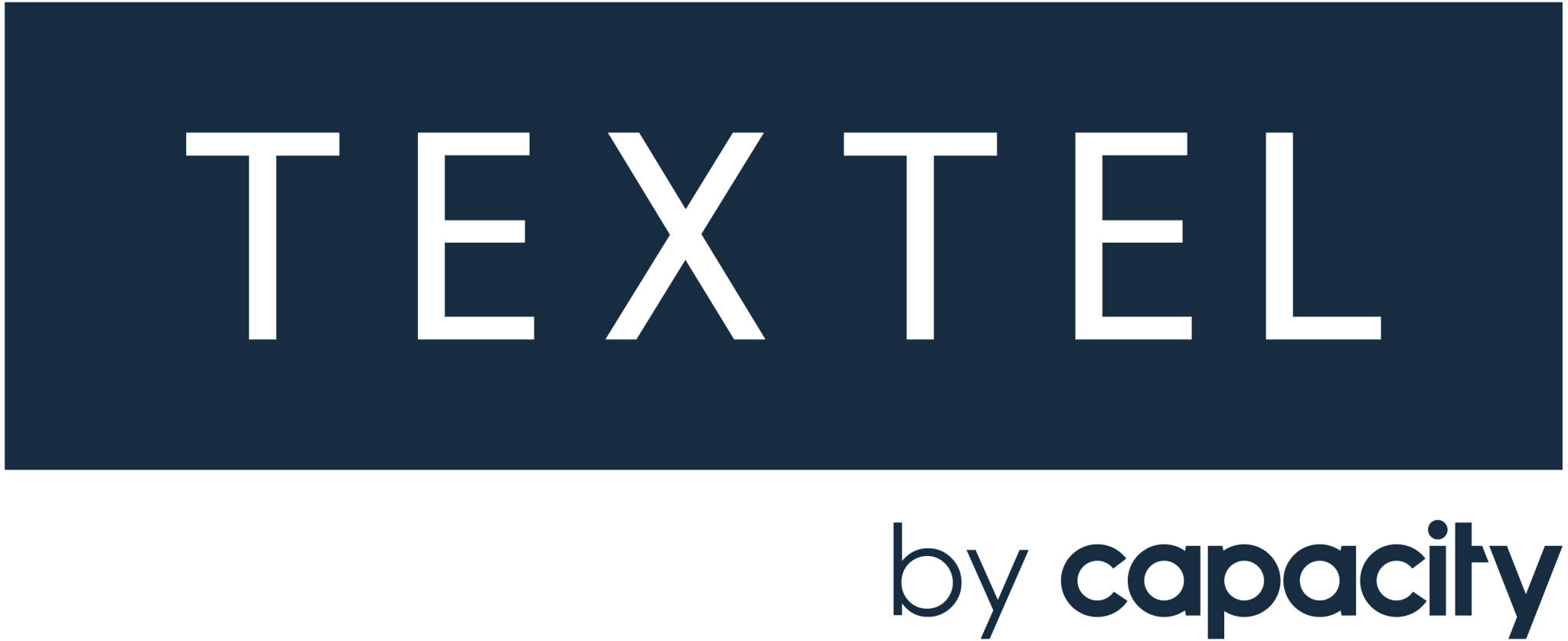In the U.S., companies lose over $62 billion a year for poor customer service. And customers today have increasingly high expectations for good service. In fact, teams surveyed by Hubspot agree that customers today are smarter and have higher expectations from customer service than they did even a year ago.
So what do modern customers want?
- 75% of customers expect service to be faster and more relevant. (Salesforce)
- Response time is of the essence. Customers expect low wait times and quick service. (Intercom)
- A personalized customer experience is now a must have. (Forbes)
- 74% of customers want to be able to use multiple channels to start and complete a transaction. (LXA)
Bottom line: Customers care about convenience and speed. Does your call center meet these expectations?
Just imagine: how much more profitable could your call center be if you used every minute of your day well? Where is there still room to increase customer satisfaction? If you saved just one hour a day – how would that impact your bottom line? Every day, call centers sacrifice valuable time to inefficient systems and dated processes. And when your service is inefficient, customers won’t question moving to your competitors.
Don’t lose customers in 2022. Instead, build a loyal customer base with these three call center efficiency tips.
Call Center Efficiency Tips
Tip #1: Don’t Waste Downtime
Call centers can get crazy busy. But, that busyness ebbs and flows. There are going to be those days where there’s just not much going on. What you do with your team during those slow days could make all the difference in your call center efficiency. In fact, wasted downtime in call centers equates to an approximate loss of $11,252 per agent per year in unnecessary operational expenses. Gah!
To avoid that revenue loss, use downtime in your call center to improve customer engagement and deliver quality coaching and training to your team.
Let’s just say your team has read and responded to every email and your phone queue is short. Instead of allowing your employees to online shop for a half hour, use the downtime to deliver that personalized experience your customers want. Have agents send out proactive customer service messages to check on customers who have made a recent purchase. Or have agents draft handwritten thank you notes to your most loyal customers to make them feel special.
Maybe use the time to catch up on some 1:1 coaching time with your employees. Have training sessions ready to go so you can pull them out when the day is slow. Set up some time for agents to role play different customer scenarios to keep them on the top of their game. Keep an archive of recorded customer interactions from different channels and start group discussions about what went well or didn’t go well. With these tips, make good use of the spare time in your day and give your call center efficiency a boost.
Tip #2: Automate Tasks to Preserve your Agents’ Time
One of the most valuable call center efficiency tips is to automate wherever you can to lighten your agents’ work load and save tons of time. With modern automation, you can now locate and retrieve relevant customer information while your agents are interacting with a customer. This helps make your customer experience extremely personal.
Bots can help your agents determine a customer’s intent, identify up-selling and cross-selling opportunities, and help with monotonous tasks. With your AI handling the more tedious tasks in your call center, you also lower employee burnout as it frees up your agents to handle more complicated tasks more efficiently.
Integrate automation with your omnichannel communication so your AI can do the work of responding to customers with helpful tips and self-service tools. Set up automated messages via SMS or email to send promotions to customers or scheduling reminders, maintaining a consistent customer relationship.
Tip #3: Add Texting to your Omnichannel Communication to Retain Customers
As mentioned earlier, customers today want to know they can reach you through multiple channels. In addition to keeping customers happy, an omnichannel communication solution also maximizes your call center agents’ time.
But want to make your operations even more efficient? Add texting to existing channels like phone, email and chat. With texting, agents can easily manage multiple conversations at once, decreasing hold time and increasing customer satisfaction. Texting frees up your agents’ time from taking phone call after phone call with your customers. And it saves your customers time, giving them an option to get questions answered fast without waiting on hold or sitting through your IVR system.
Texts have open rates of around 98% while calls and voicemails often go unanswered. All the time you spend leaving voicemails for customers can be more efficient by sending out an automated or copied text message. Texting is personal, flexible, and incredibly fast. And it’s one of the more reliable ways to reach your customers.
Not convinced by the Call Center Efficiency Tips? Here’s what customers think:
- 83% of customers open text messages within 90 seconds of receiving them.
- Around 75% of consumers say they don’t mind receiving branded SMS messages from companies after they’ve agreed to opt-in to the experience.
- 58% of people say texting is the ideal way for businesses to reach them.
- 54% of consumers are frustrated when they can’t text a business.
Customers want to be able to text you. And you are more likely to reach them if you send them a text rather than an email. It impacts your wallet as well. It’s much cheaper to handle customers by text than over the phone. A Forrester study found that the average customer service phone call costs about $16, whereas the average text thread costs between $1 to $5 per interaction. With these call center efficiency tips, deliver a better customer experience, meet customer expectations, and save money.
Want to build efficiency and ease into your customer experience? Add business texting to boost your call center efficiency.
This post originally published on December 27, 2018 and was refreshed and republished on April 21, 2022.


